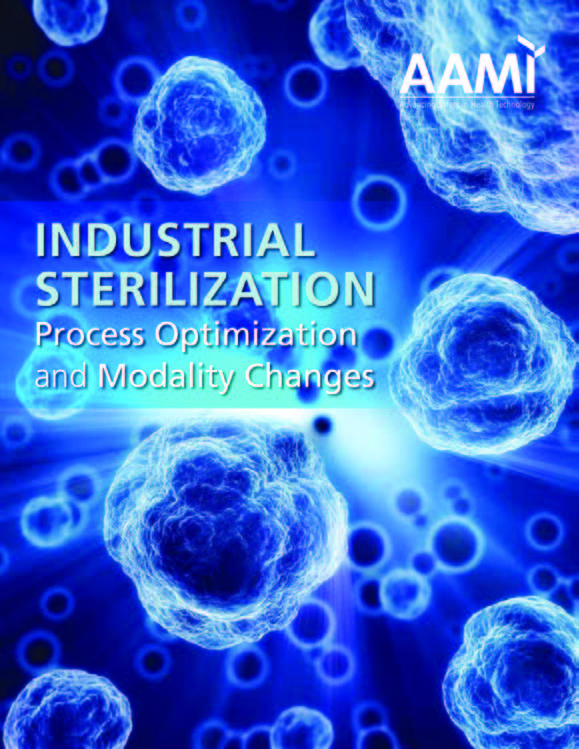Aami Standards For Storage Of Sterile Supplies
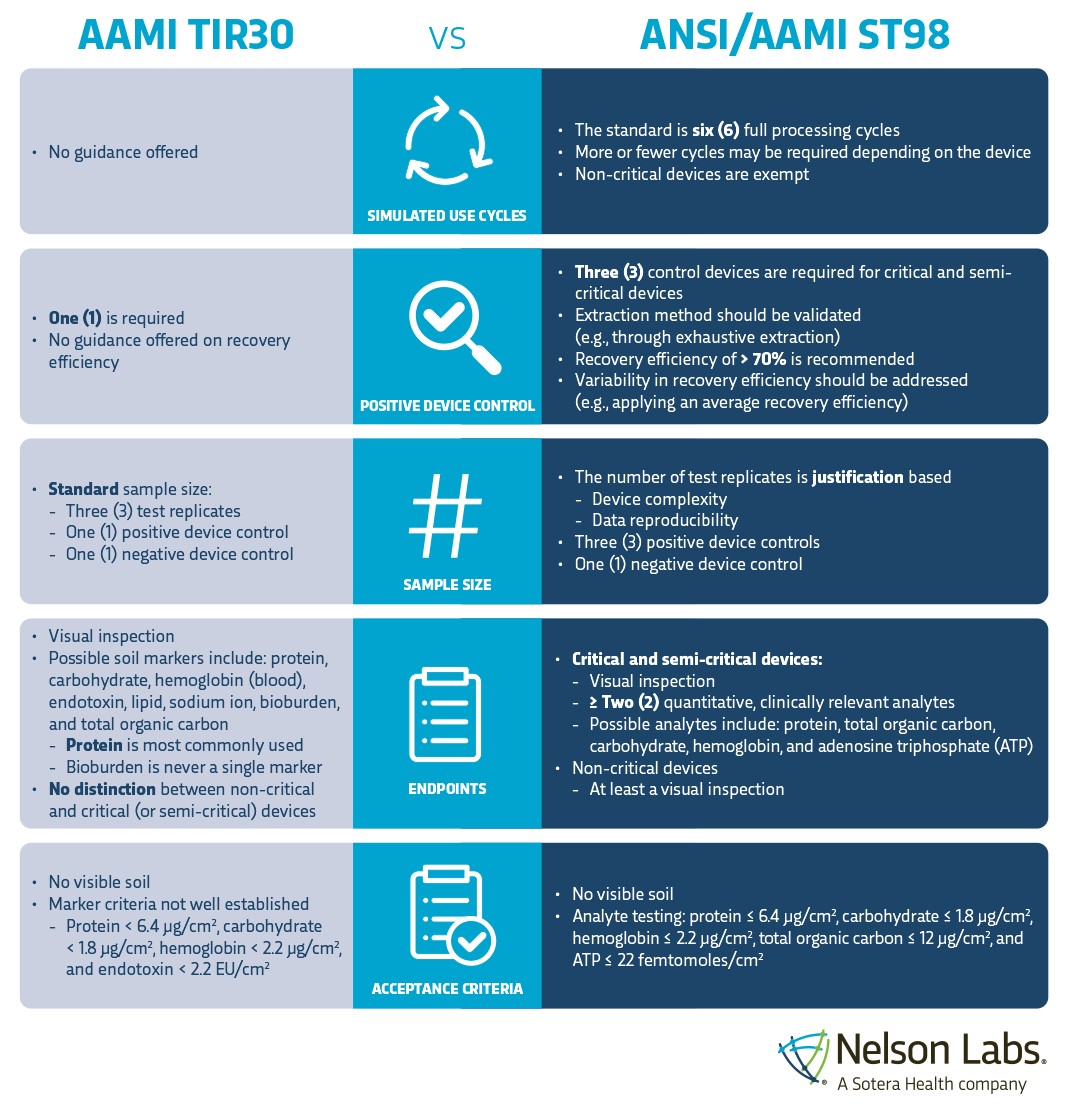
Imagine walking into a bustling hospital wing, the air alive with the quiet hum of activity. Nurses move with purpose, doctors consult in hushed tones, and equipment glints under the bright lights. But behind the scenes, in the sterile supply rooms, lies a world of meticulously organized materials, all vital to patient safety.
Ensuring the sterility of these supplies isn't just about cleanliness; it's about adherence to rigorous guidelines that protect patients from infection and ensure the best possible outcomes. These guidelines, often rooted in standards developed by organizations like the Association for the Advancement of Medical Instrumentation (AAMI), are the unsung heroes of modern healthcare.
AAMI standards for the storage of sterile supplies are a comprehensive set of recommendations designed to maintain the integrity of medical devices and equipment after they have been sterilized but before they are used in a clinical setting. They are a cornerstone of infection prevention practices, providing healthcare facilities with a blueprint for safeguarding patient health.
The Foundation of Sterility Assurance
The need for standardized practices in sterile supply storage became increasingly apparent in the latter half of the 20th century. Before formalized guidelines, practices varied widely, leading to inconsistencies in the quality and reliability of sterile supplies. This inconsistency presented a real risk to patients, increasing the likelihood of healthcare-associated infections (HAIs).
Recognizing this critical gap, AAMI took the lead in developing comprehensive standards. These standards were not created in a vacuum; they were informed by scientific research, clinical experience, and a deep understanding of microbiology and sterilization processes.
Over the years, AAMI's guidelines have evolved, reflecting advancements in technology, changes in healthcare delivery, and a greater understanding of infection control. They represent a dynamic body of knowledge, constantly updated to ensure the highest levels of patient safety.
Key Components of AAMI Standards
AAMI's standards address several critical aspects of sterile supply storage, each designed to minimize the risk of contamination and maintain sterility. These components work in concert to create a robust system of protection.
Environmental Control
The storage environment itself plays a crucial role. AAMI standards specify requirements for temperature and humidity, as excessive heat or moisture can compromise packaging and promote microbial growth.
Proper ventilation is also essential to prevent the buildup of dust and other airborne contaminants. The standards often recommend regular monitoring and documentation of environmental conditions to ensure ongoing compliance.
Storage Design and Layout
The design and layout of the storage area are carefully considered. Shelving should be constructed of materials that are easy to clean and disinfect.
Adequate spacing between shelves and storage units allows for proper air circulation and facilitates cleaning. The standards also emphasize the importance of separating sterile supplies from non-sterile items to prevent cross-contamination.
Handling Practices
How sterile supplies are handled is just as important as where they are stored. AAMI standards emphasize the importance of minimizing handling to reduce the risk of damage to packaging and contamination of the contents.
Healthcare workers are trained to use proper techniques when retrieving and transporting sterile supplies, avoiding contact with critical areas and ensuring that packaging remains intact. These practices help maintain the sterile barrier until the point of use.
Inventory Management
Effective inventory management is another key component. AAMI standards recommend implementing a system for tracking expiration dates and rotating stock to ensure that supplies are used before they expire.
This helps prevent the use of outdated or compromised materials, reducing the risk of infection. A well-managed inventory system also helps to minimize waste and ensure that the right supplies are available when needed.
The Significance of Compliance
Compliance with AAMI standards is not simply a matter of following regulations; it is a fundamental responsibility of healthcare providers to protect their patients. Adhering to these standards has a direct impact on patient outcomes, reducing the incidence of HAIs and improving overall quality of care.
Beyond patient safety, compliance with AAMI standards also carries significant implications for healthcare facilities. It can enhance reputation, reduce the risk of litigation, and improve operational efficiency.
Healthcare facilities that prioritize compliance with AAMI standards demonstrate a commitment to excellence and a dedication to providing the safest possible environment for their patients.
Challenges and Solutions
Implementing and maintaining compliance with AAMI standards can present challenges for healthcare facilities. Limited resources, space constraints, and staff training needs are common obstacles.
However, these challenges can be overcome through strategic planning, effective communication, and a commitment to continuous improvement. Investing in staff training and education is essential to ensure that healthcare workers understand the importance of sterile supply storage and are equipped with the knowledge and skills to follow proper procedures.
Collaborating with experts in infection prevention and sterile processing can also provide valuable guidance and support. Regular audits and assessments can help identify areas for improvement and ensure ongoing compliance with AAMI standards.
Looking Ahead
As healthcare continues to evolve, so too will the standards for sterile supply storage. AAMI remains at the forefront of this evolution, constantly updating its guidelines to reflect the latest scientific evidence and best practices.
Emerging technologies, such as advanced packaging materials and automated inventory management systems, are likely to play an increasingly important role in maintaining sterility and improving efficiency. The future of sterile supply storage will undoubtedly be shaped by innovation and a continued commitment to patient safety.
The journey towards optimal sterile supply storage is an ongoing process, requiring vigilance, dedication, and a collaborative spirit. By embracing AAMI standards and prioritizing patient safety, healthcare facilities can create a culture of excellence and ensure the best possible outcomes for all.
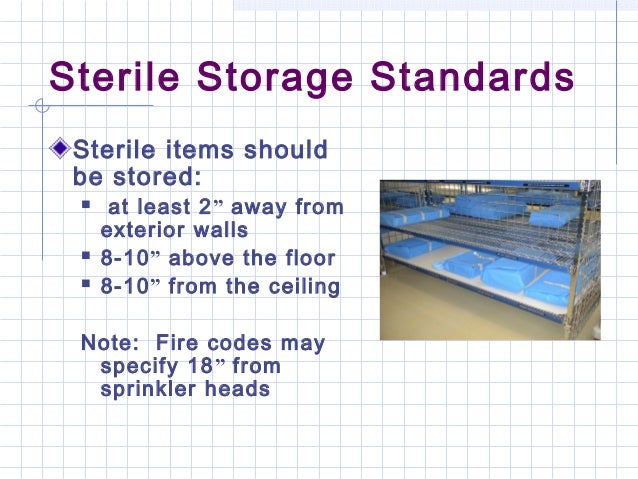
_page_01.jpg?sfvrsn=3b55cf0b_2)



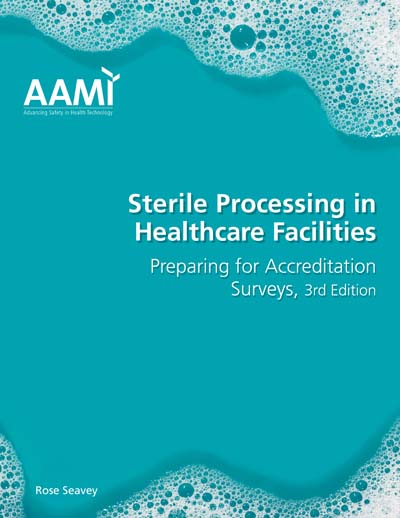
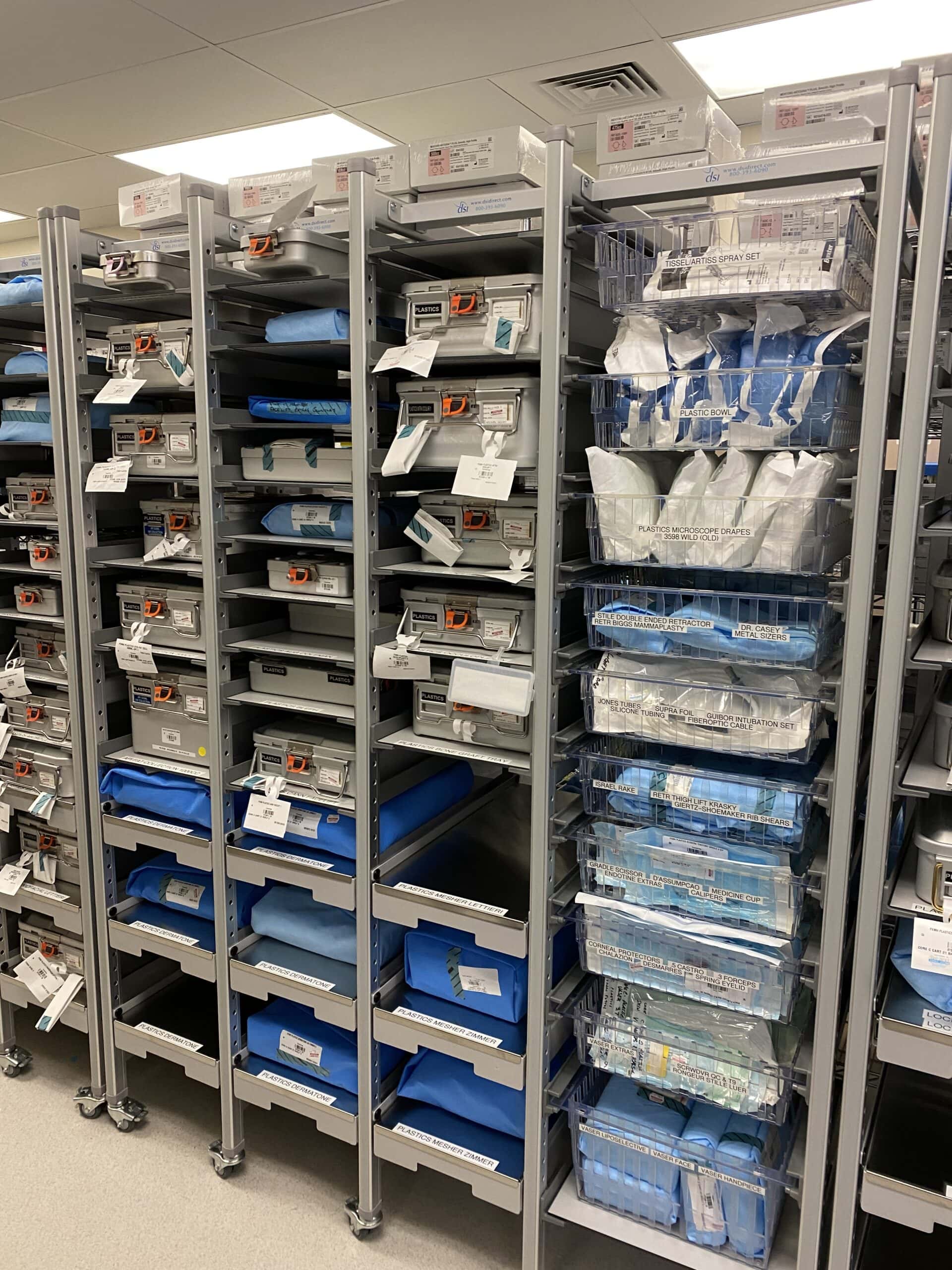
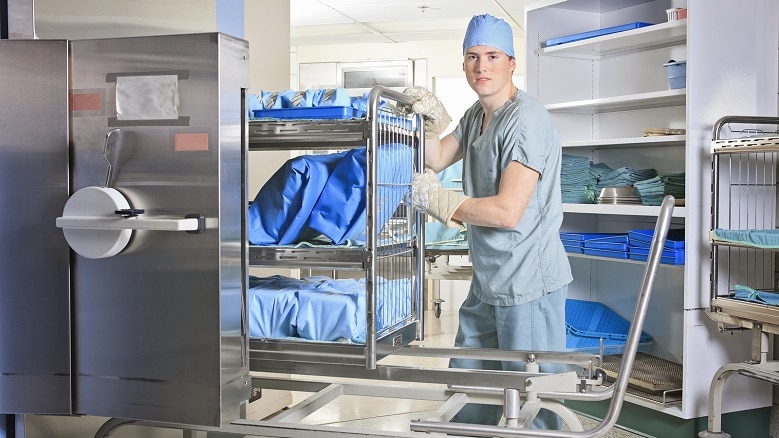

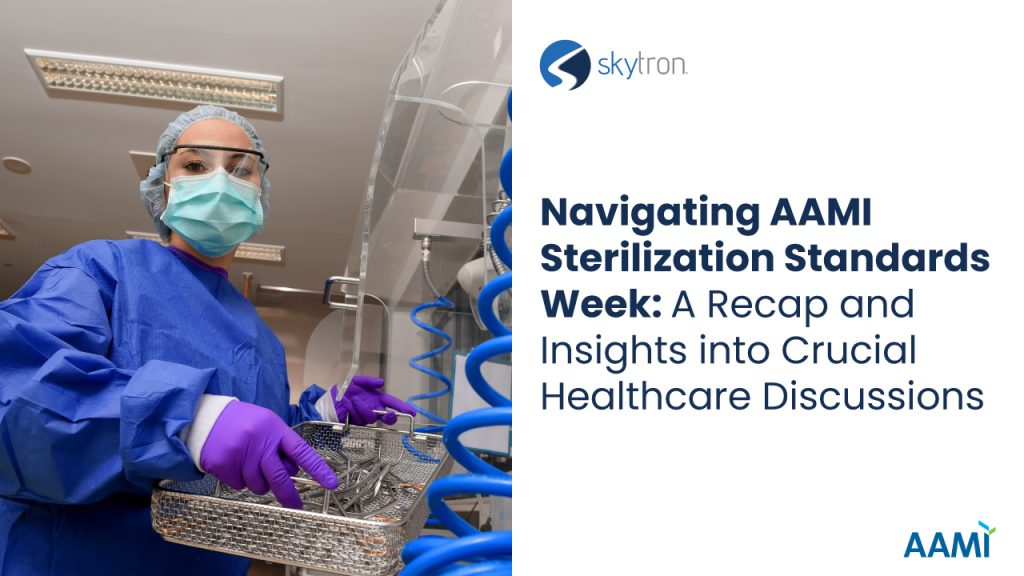
.jpg)





